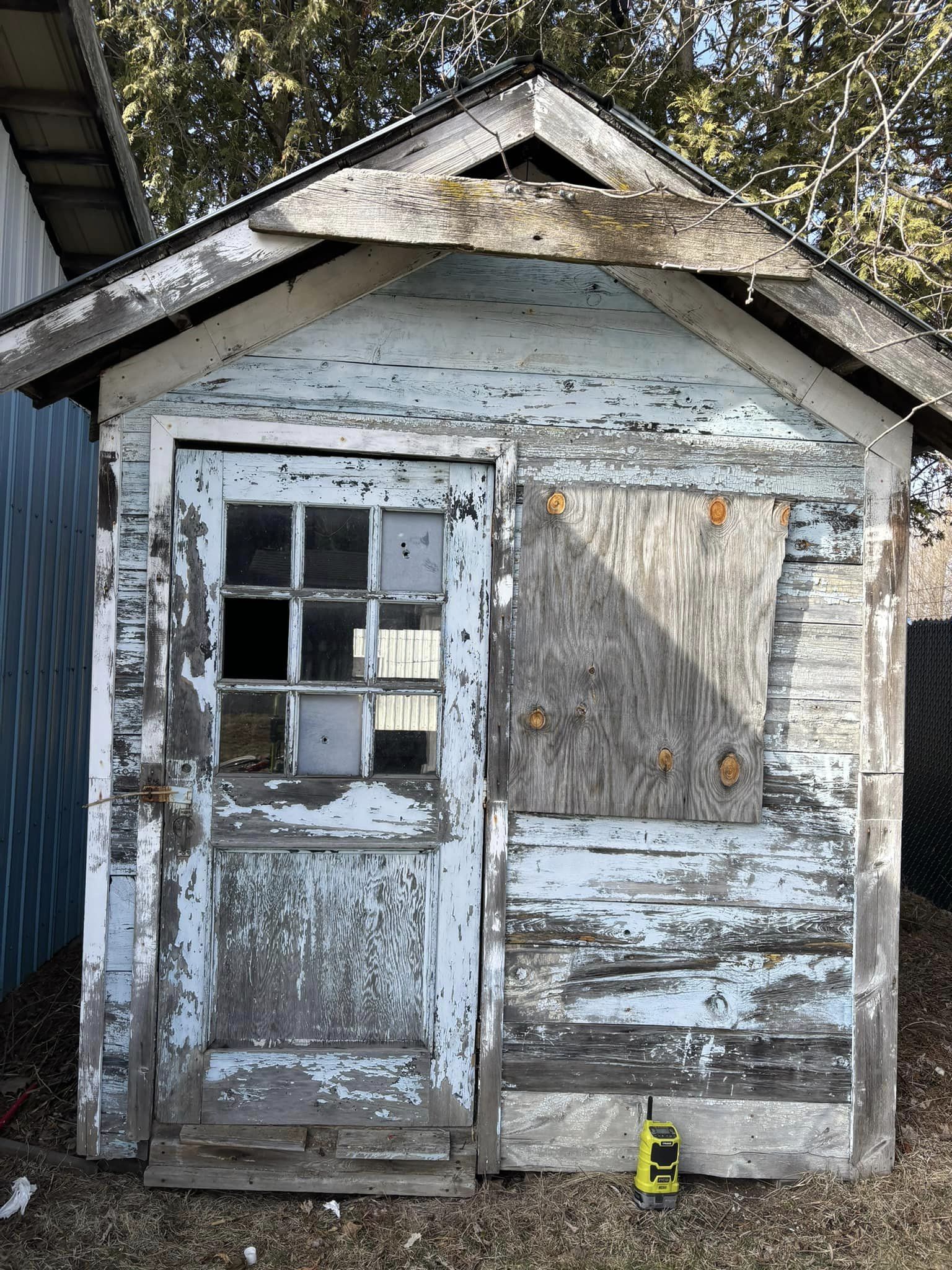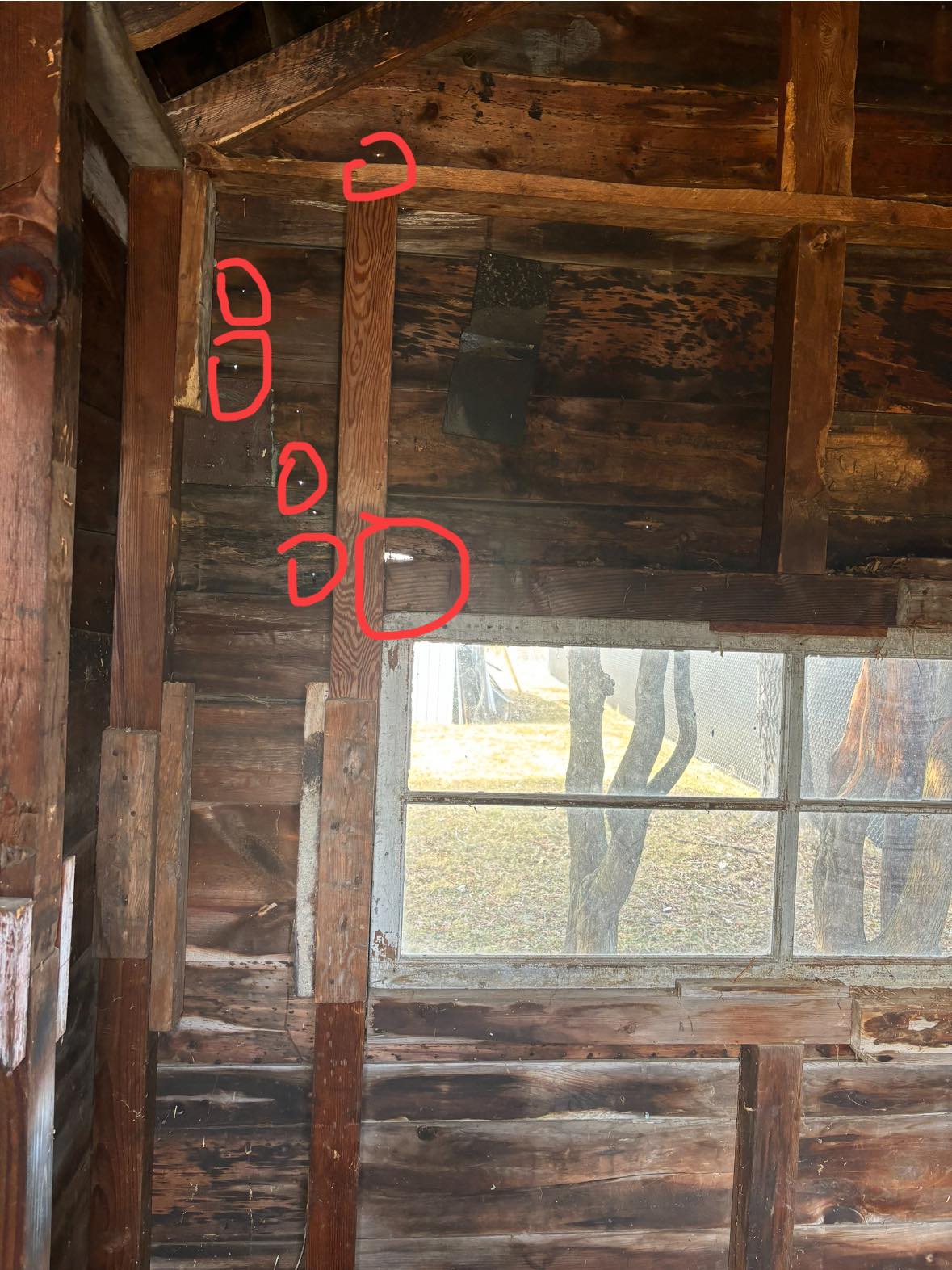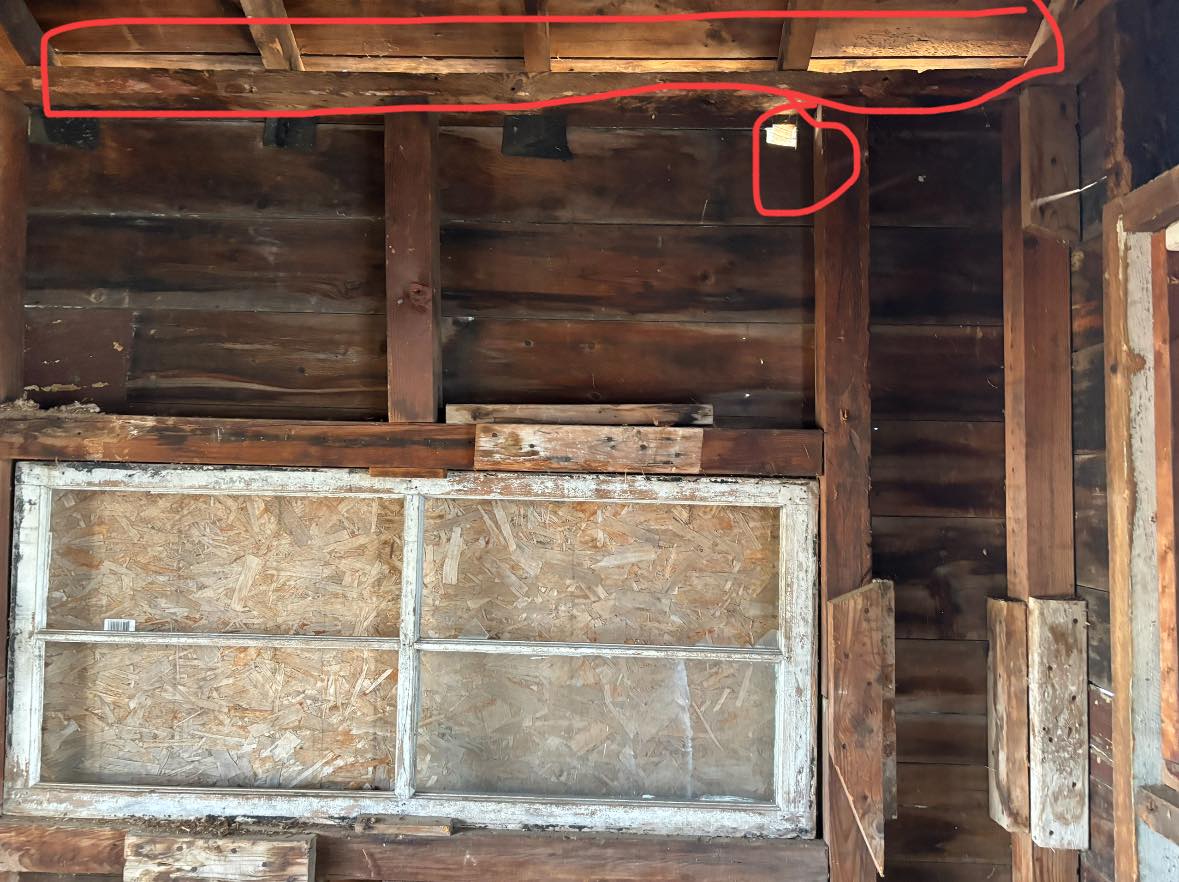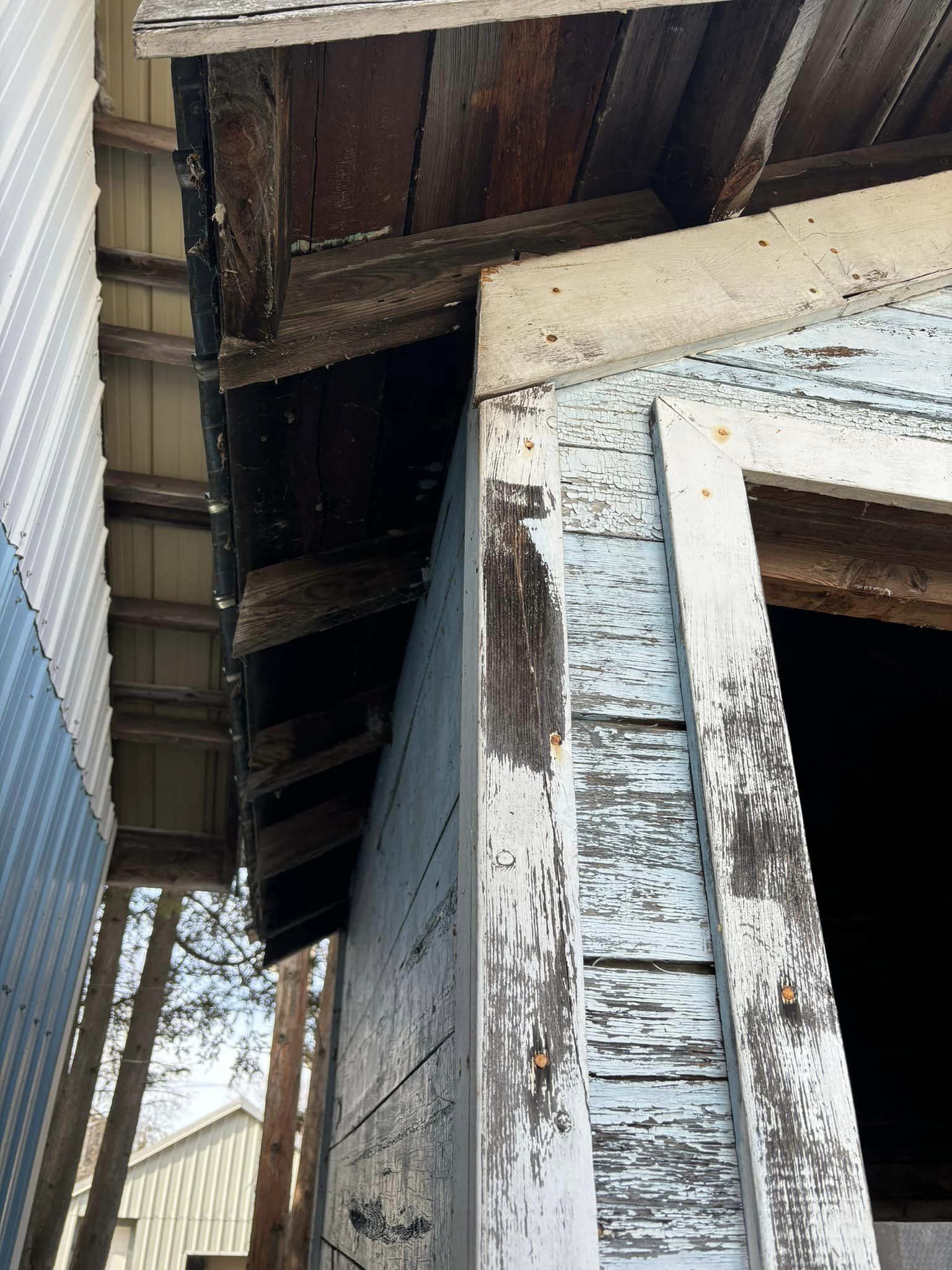How can I properly insulate my bunkie to prevent animals from getting in and protect it from the weather before my partner starts doing service work?
1 year ago
Last Updated: May 17, 2024
Hey everyone! This is my first time posting here and I could really use some advice. I’m looking to insulate this bunkie so my partner can use it for their service work, like hairdressing and nails. My dad is coming to help with the electrical and construction, but I want to start prepping. I’ve noticed some gaps in the wood – is there something I can fill them with? There are also some small holes that I want to protect from the weather and animals. Any tips or insights would be greatly appreciated. Thanks so much for your help! I’m willing to do whatever it takes to get this bunkie ready. There are quite a few gaps for animals to come in, like in the roof, floors, and between boards on the walls. Thanks again!




For a classic restoration, swap out any decayed wood with similar material for a more up-to-date appearance, redo everything down to the frame and cover it with plywood/sheathing.
That doesn’t appear to be very sturdy.
That structure appears to be in poor condition. What type of weather do you experience in your area? You will probably have to replace that door if you want to keep out the elements. I suggest insulating the interior and roof with spray foam. A 2 lb closed-cell spray foam will provide a tight seal and enhance the building’s structural strength significantly.
I believe it might be more expensive to ensure that is structurally stable and secure than to purchase a shed and then customize it. The concept is appealing! My only concern is safety.
We attempted to salvage an old cabin. Every time we tried to repair something, we encountered another issue. Decay, ants, previous termite damage, mouse droppings everywhere. Unfortunately, we determined it was more practical and cost-effective to demolish it and start anew.
Not worth it. It’s better to demolish and rebuild from the ground up.
Awww…this really takes me back to when I was fixing up my grandpa’s old shed with the slanted roof. It’s important to make sure the base and structure are solid before moving forward. Once that’s done, you can start the restoration process. I began by getting rid of all the bugs and pests. Then I reinforced any loose parts of the frame and replaced any damaged or rotten wood. After that, I put in new corrugated panels for the roof and did some priming and painting. It was a lot of work, but I did it with love, and luckily the shed was in pretty good shape. Of course, my project was just for a shed. If you’re planning on using yours for more, it’s crucial to make sure it’s structurally sound.
Rough!